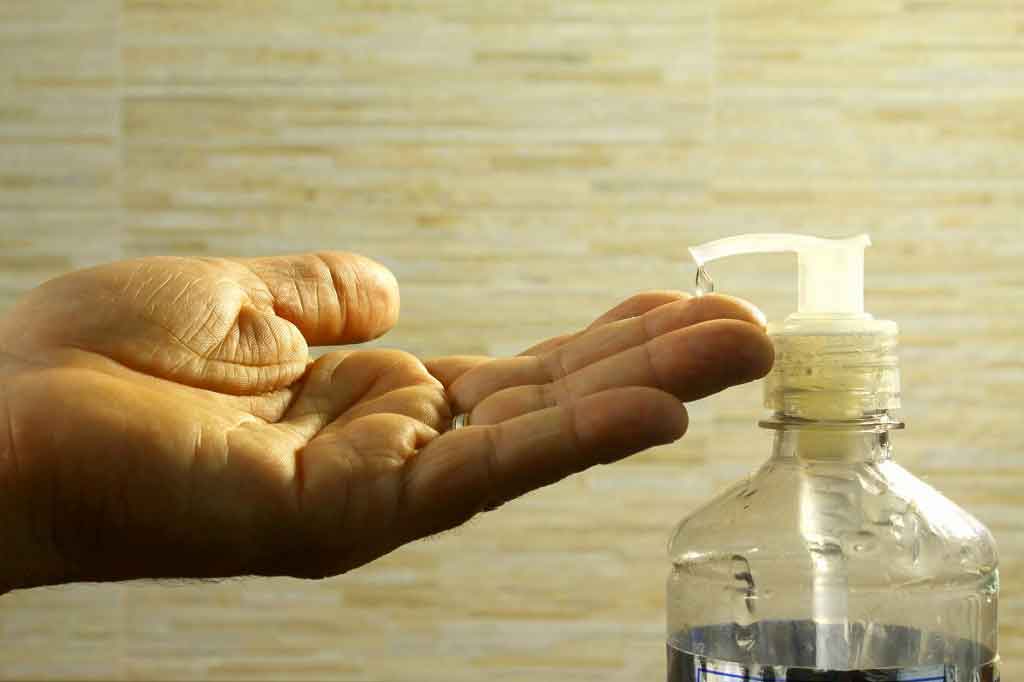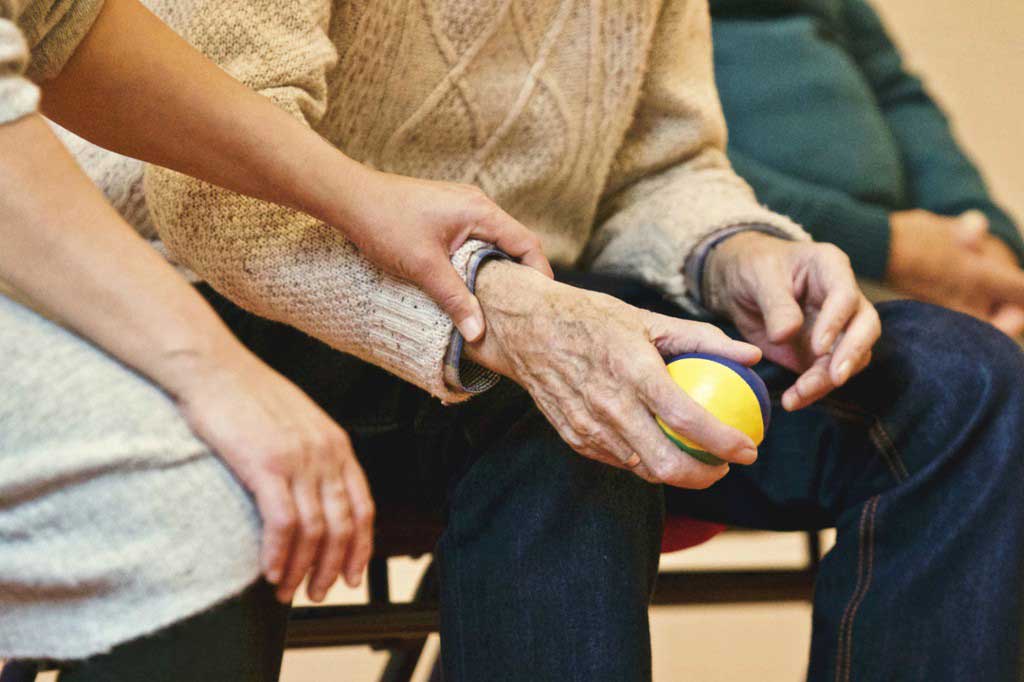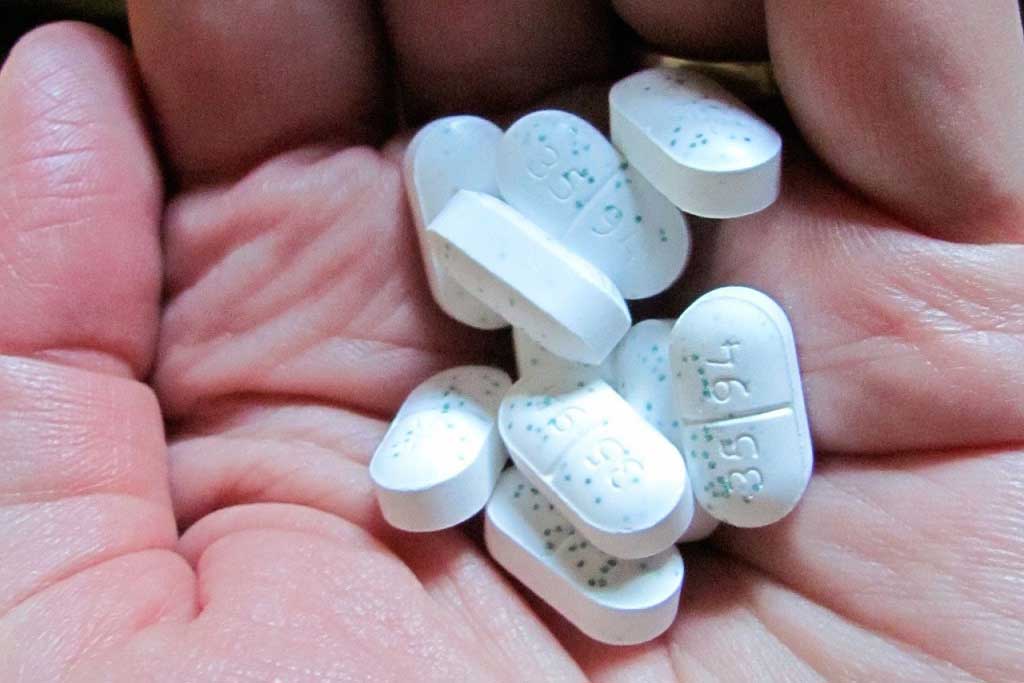Low risk of kidney damage from high-dose statins
Older people
Much of the media is reporting the findings of a major study looking at whether 'cholesterol-busting' statins are linked to hospital admissions for acute kidney injury. The Mail Online website warns readers that...
Much of the media is reporting the findings of a major study looking at whether 'cholesterol-busting' statins are linked to hospital admissions for acute kidney injury. The Mail Online website warns readers that, 'Stronger doses of statins may increase the risk of kidney damage by a third.'
The study found that people with no previous kidney disease were 34% more likely to be admitted to hospital for acute kidney injury if they had been newly prescribed high-dose statins compared with those prescribed lower dose statins. This held true for the first 120 days of treatment.
However, the risk of kidney injury is rare. The researchers estimate that 1,700 patients would need to be treated with a high-dose (rather than a low-dose) statin in order to cause one acute kidney injury.
For the vast majority of people prescribed a statin, the benefits (such as preventing a heart attack or stroke) greatly outweigh the increased risk of acute kidney injury.
However, doctors need to consider this potential risk when prescribing a high-dose statin, particularly if a lower dose is an option.
Where did the story come from?
The study was carried out by researchers from a number of public centres for research in Canada and was funded by grants from Health Canada, the Drug Safety Effectiveness Network and the Canadian Institutes for Health Research.
The study was published in the peer-reviewed British Medical Journal (BMJ).
While the study was reported accurately in the media, the style of reporting in The Daily Telegraph, Mail Online and the Daily Express was enough to strike fear into the hearts of any statin users.
All three used sensationalist headlines, highlighting the increase in potential risk (34%) but without making it clear that the risk is very rare.
The Telegraph and the Express did mention the crucial point that the potential risk was rare and needed to be balanced against the potential benefits, but only towards the end of their stories.
Somewhat confusingly for regular Express readers, this coverage seems to contradict much of their previous coverage hailing statins as a 'wonder drug'. Since the beginning of 2012, the paper has run 19 separate stories extolling the virtues of statins, saying they can prevent a range of diseases from pancreatic cancer to vision loss.
What kind of research was this?
This was a retrospective analysis of data from the UK, Canada and the US on more than two million people treated with statins between 1997 and 2008.
From this large dataset the researchers used a nested case-control design, identifying people hospitalised for acute kidney injury (or acute renal failure) and identifying a comparison group of people (matched for factors such as age) who were not hospitalised for kidney failure.
They then compared the two groups to see whether they had been newly prescribed high-dose or low-dose statins.
The researchers say there is already some evidence that statin use could lead to kidney problems and that there may be a potential dose response, but uncertainty about the association remains.
What did the research involve?
The researchers looked at the medical records of people who were prescribed statins, using seven patient databases in Canada and two from the UK and the US. People included in the study needed to be 40 years or older and newly treated with statins between 1997 and 2008. The patient population included those both with and without existing chronic kidney disease. A statin prescription was counted as a 'new' treatment if no cholesterol-lowering drug had been dispensed in the previous year.
The researchers categorised statin treatment according to its dose (potency). High-dose statin treatment was defined as:
- 10mg or more of rosuvastatin daily
- 20mg or more of atorvastatin daily
- 40mg or more of simvastatin daily
All other statin treatments were defined as low potency.
The researchers looked at which patients were admitted to hospital for acute kidney injury during this period, using accepted international classification of the disease. In their nested case-control, they matched each patient admitted to hospital for acute kidney injury with 10 patients who had not been admitted.
Using statistical methods, for each separate centre they analysed the number of patients on low-dose statins who developed acute kidney injury, compared with the number of those on high-dose statins. They used an accepted method to adjust for confounding factors that might influence the results.
Researchers looked at the association between statins and admission for acute kidney injury in patients both with and without existing chronic kidney disease.
Finally, they performed a meta-analysis of the results from all the centres involved in the study. This involved pooling the results of the separate studies to give an overall comparison of admissions to hospital for kidney injury for patients on high- and low-dose statins.
What were the basic results?
During the study period, 2,067,639 patients were newly treated with statins. Of these, 59,636 (2.88%) had existing chronic kidney disease, with about 33% receiving high potency statins. Within 120 days of starting their current statin treatment, there were 4,691 admissions to hospital for acute kidney injury in people without chronic kidney disease, and 1,896 hospitalisations in those with chronic kidney injury.
- people with no existing history of kidney disease who were using high-dose statins were 34% more likely to be admitted to hospital with acute kidney injury within 120 days of starting treatment compared with those using low-dose statins (rate ratio 1.34, 95% confidence interval 1.25 to 1.43)
- the risk increase with high-dose statins seems to be strongest in the first 120 days of treatment
- people with existing chronic kidney disease were not at a significantly increased risk of being admitted to hospital with acute kidney injury within 120 days of starting, compared with those using low-dose statins (rate ratio 1.10, 95% confidence interval 0.99 to 1.23)
How did the researchers interpret the results?
Use of high-dose statins is associated with an increased risk of diagnosis for acute kidney injury compared with low potency statins, the researchers say, with the effect strongest in the first 120 days of treatment.
They argue that given "what is likely to be a small magnitude of incremental cardiovascular benefit" of high-dose statins over low-dose statins, "a pressing question is how to identify patients for whom the risk-benefit balance for high [dose] statin treatment is unfavourable."
Conclusion
This is a large and valuable study using data on more than two million people from Canada, the US and the UK who were prescribed statins. The study found an association between starting a new high-dose statin treatment with an increased risk of being hospitalised for acute kidney injury. Interestingly, though, the association was only seen in people without a history of kidney disease – those with chronic kidney disease were at no higher risk of hospitalisation for acute kidney injury.
As the researchers say, while previous studies have suggested that statins may have possible harmful effects on the kidney, the link has remained unclear. This study addresses this concern by combining a large dataset to specifically look at the potential risk of acute kidney injury. The study is a valuable addition to the body of evidence on the potential benefits and risks of this commonly prescribed treatment.
This type of observational study involving very large numbers of patients can help us investigate possible rare adverse effects of drug treatment that may be missed in randomised controlled trials. However, the study does have limitations, including the possible misclassification of disease.
It is also difficult to imply causation and say that higher dose statins were directly the cause of acute kidney injury in these people.
As people have not been randomised to their statin dose (they have presumably been prescribed their given dose for a reason), it is possible that other health factors (confounders) may be associated with the person both being prescribed a higher statin dose and being at increased risk of acute kidney disease.
It is most important to be aware that acute kidney disease was very rare among the people in this study. As the authors themselves estimate, the association between high-dose statins and the risk of kidney injury appears to be uncommon. They say 1,700 patients would need to be treated with a high-dose (rather than a low-dose) statin in order to cause one acute kidney injury.
Statins have been used extensively to prevent and treat cardiovascular disease for many years. It is estimated that statins save 7,000 lives a year in the UK.
For the vast majority of people prescribed a statin, the benefits of taking a statin – in terms of reduced risk of cardiovascular disease events, such as heart attack or stroke – greatly outweigh any possible increased risk of acute kidney injury, due to the rarity of these events.
However, for any drug an important concern for patients and their doctors is to identify the dose that optimises the benefits of treatment while minimising the risks.






 Subscribe
Subscribe Ask the doctor
Ask the doctor Rate this article
Rate this article Find products
Find products








